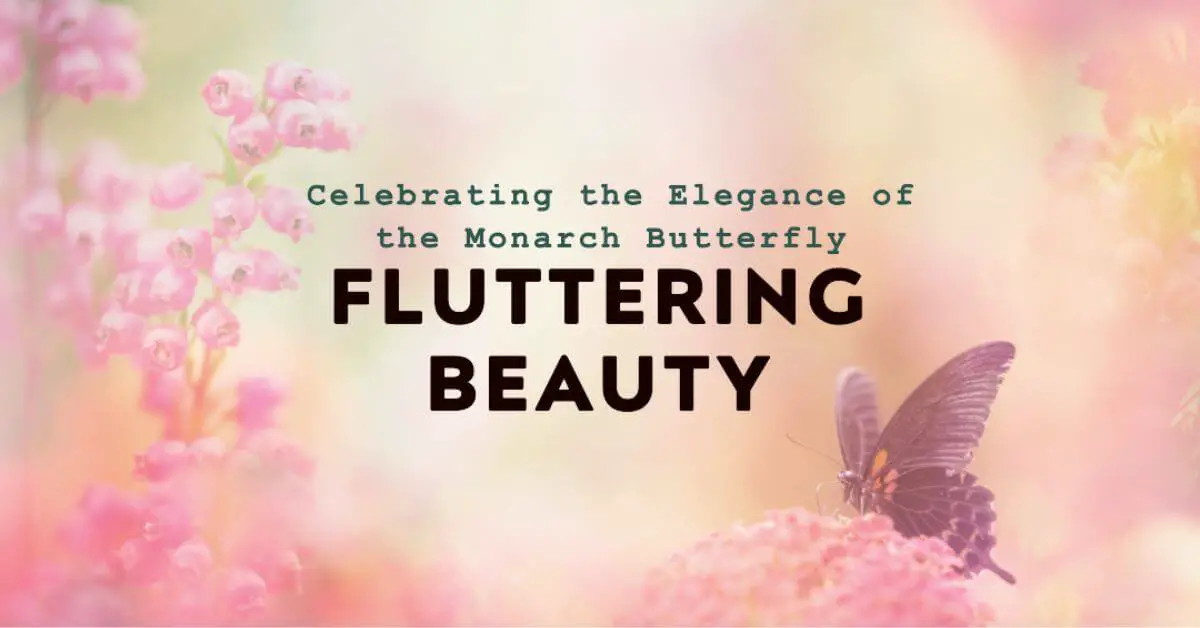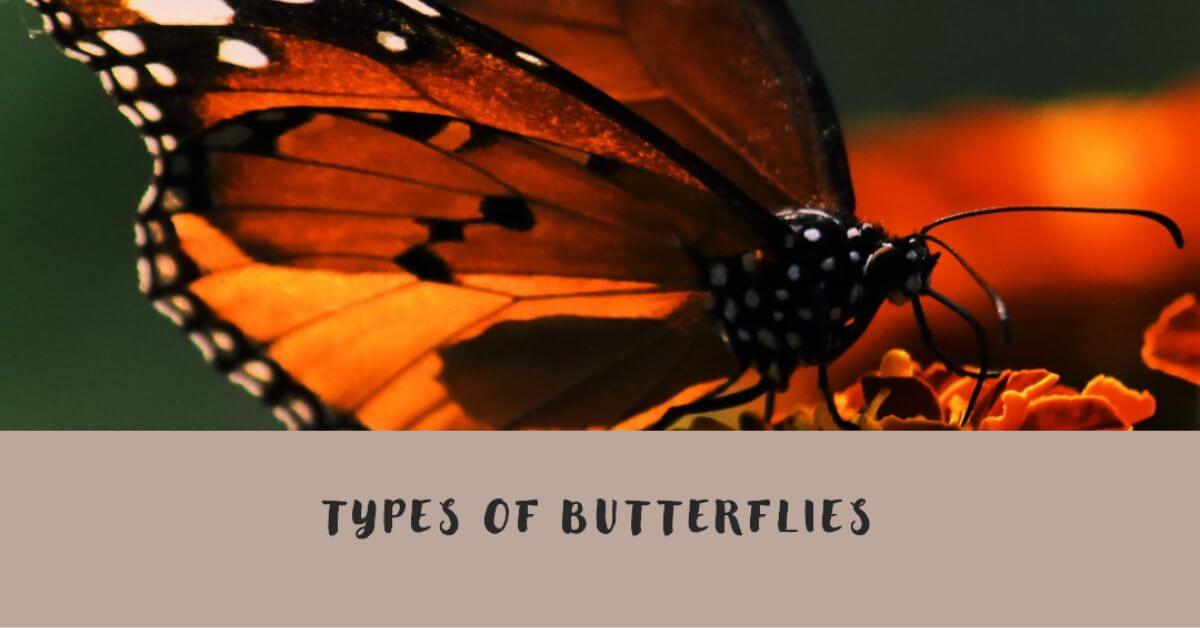In the realm of nature’s most captivating wonders, few creatures hold the mystique and allure of the Monarch butterfly (Danaus plexippus). From its humble beginnings as a tiny egg to its astonishing journey across continents, the life of a Monarch is a story of resilience, transformation, and awe-inspiring migration.
Monarch butterfly Scientific Classification.
| Category | Information |
| Scientific Name | Danaus plexippus |
| Family | Nymphalidae |
| Order | Lepidoptera |
| Wingspan | Approximately 3.5 to 4 inches (8.9 to 10.2 cm) |
| Life Span | 2 to 6 weeks for adults; Up to 8 months for generations |
| Range | North, Central, and South America |
| Habitat | Open fields, meadows, gardens, and coastal areas |
| Migration | Long-distance migration; Can travel up to 3,000 miles |
| Coloration | Distinctive orange wings with black veins and borders |
| White spots on black margins; Black body with white dots | |
| Life Cycle | 1. Egg: Tiny, pale green eggs laid on milkweed leaves |
| 2. Larva (Caterpillar): Black, white, and yellow bands | |
| 3. Pupa (Chrysalis): Green with golden spots | |
| 4. Adult Butterfly: Bright orange wings with patterns | |
| Feeding Habits | Caterpillars feed exclusively on milkweed plants |
| Adults feed on nectar from various flowering plants | |
| Mimicry | Viceroy butterfly resembles monarch, offering protection |
| Conservation Status | Vulnerable due to habitat loss, pesticides, and climate change |
| Special Behavior | Monarch migration is a remarkable phenomenon |
| They gather in colonies during migration for warmth | |
| Monarchs use a “sun compass” for direction during flight | |
| Significance | Iconic species; Role in pollination and ecosystem health |
| Threats | Habitat destruction, pesticide use, climate change |
| Illegal logging in overwintering sites |
The Marvelous Metamorphosis
At the heart of this remarkable tale lies a process of metamorphosis that encapsulates the essence of transformation. It all starts with a minuscule egg, no larger than a pinhead, adorning the underside of a milkweed leaf. This inconspicuous beginning belies the incredible journey that awaits.
The egg hatches into a caterpillar, commonly known as a “larva.” The voracious appetite of the larva is astounding – it devours milkweed leaves with an insatiable hunger. As it feeds, the larva grows, shedding its skin multiple times in a process called molting. Each molt brings the caterpillar closer to its final form.
The Dance of Metamorphosis
After devouring copious amounts of milkweed, the caterpillar’s transformative dance reaches its crescendo. It attaches itself to a surface and enters the pupal stage, encased in a shimmering emerald chrysalis. Inside this seemingly dormant shell, a miracle unfolds. The caterpillar’s body liquefies, and from this biological soup emerges the Monarch butterfly.
A Kaleidoscope of Colors
The Monarch’s wings, adorned with vibrant orange and black patterns, are a testament to the splendor of nature’s artistry. These striking colors serve as a warning to predators that the butterfly is toxic due to the milkweed’s toxins it consumed during its larval stage. It’s a classic example of evolution’s ingenious mechanisms for survival.
The Great Migration
However, the Monarch’s journey has only just begun. What truly distinguishes the Monarch butterfly is its epic migration, spanning thousands of miles. Every year, as autumn approaches and temperatures drop, millions of Monarchs embark on an incredible odyssey.
Leaving their summer habitats in North America, these delicate creatures embark on an arduous journey to their winter sanctuaries in Mexico. Battling winds and weather, the Monarchs navigate with astonishing precision. The migration is so remarkable that it has been likened to a fragile whisper of life traveling across the continent.
Nature’s GPS: How Do They Do It?
The question arises: How do these fragile insects navigate across vast distances with unerring accuracy? Scientists believe that Monarchs are equipped with an internal compass that senses Earth’s magnetic field. Additionally, they might use the position of the sun to orient themselves. It’s a testament to the intricate marvels that evolution has bestowed upon these butterflies.
Conservation Challenges
Sadly, the Monarch’s journey is now fraught with challenges. Habitat loss due to urbanization and agricultural practices has led to a decline in milkweed, the primary food source for Monarch caterpillars. Furthermore, climate change disrupts weather patterns and affects the delicate balance of the ecosystems they rely on.
A Call to Action
The plight of the Monarch butterfly underscores the delicate interdependence of species and the urgency of conservation efforts. Planting native milkweed and preserving natural habitats are vital steps to support these remarkable insects.
The Ethereal Dance Continues
As the Monarch butterflies flutter their wings, their journey doesn’t end with the migration. It continues in a delicate ballet of courtship and reproduction. After arriving at their winter refuges, these magnificent insects engage in an enchanting dance of love.
Courtship Amongst the Canopies
In the midst of the whispering pine trees of their Mexican sanctuaries, the Monarchs engage in an intricate courtship ritual. The males, distinguishable by a small black spot on their hind wings, perform graceful flights and flutter their wings to capture the attention of potential mates. Once a connection is established, the two join in an aerial waltz, a duet of beauty and harmony.
Life’s Cycle Repeated
The dance of courtship leads to the continuation of life as the female Monarchs lay their eggs on the underside of milkweed leaves. These leaves become cradles for the next generation, and the cycle of transformation begins anew. It’s a poignant reminder of the eternal rhythm of life, of birth and rebirth, that nature orchestrates with such finesse.
The Monarch’s Majesty in Culture
The Monarch butterfly’s enchanting journey has transcended the realms of biology and science, making its mark on various cultures and societies. In some indigenous Mexican cultures, the arrival of the Monarchs is celebrated as the return of the souls of departed ancestors. This convergence of nature and spirituality paints a vivid tapestry of the interconnectedness of all life.
The Language of Transformation
Butterflies, including the Monarch, have long been symbols of transformation and hope. The metaphorical journey from caterpillar to butterfly has been embraced by countless individuals as an emblem of personal growth and evolution. Just as the Monarch emerges from its chrysalis with newfound splendor, humans too can blossom into their true potential.
A Gossamer Thread of Hope
While the Monarch’s story is awe-inspiring, it also serves as a poignant reminder of the delicate balance that sustains our planet. Conservation efforts are paramount in ensuring that these magnificent butterflies continue their journey for generations to come. By preserving habitats, planting milkweed, and advocating for environmental stewardship, we can weave a gossamer thread of hope for the Monarchs and the ecosystems they inhabit.
Witnessing the Wonder
Imagine standing amidst a grove of trees, their branches adorned with clusters of orange and black wings. The air is filled with the delicate fluttering of Monarchs, a sight that transcends the ordinary and elevates the soul. Witnessing this spectacle reminds us of the profound beauty that nature bestows upon us and the responsibility we bear to protect it.
Embracing Our Role as Stewards
As we immerse ourselves in the extraordinary journey of the Monarch butterfly, let us internalize the lessons it imparts. Just as these butterflies undergo transformation and traverse continents, so too must we transform our perspective and traverse the path of responsible stewardship. By nurturing the Earth’s resources, we honor the intricate web of life and ensure that future generations can marvel at the same wonders we hold dear.
Conclusion
In the end, the Monarch butterfly’s journey is a tale of connection – connection to the Earth, to one another, and to the mysteries of existence. From the tiniest egg to the majestic migration, from the vibrant pupa to the delicate butterfly, the Monarch’s story resonates with the pulse of life itself. As we look to the skies and the delicate wings that grace them, may we be inspired to nurture, protect, and cherish the boundless beauty that surrounds us.


